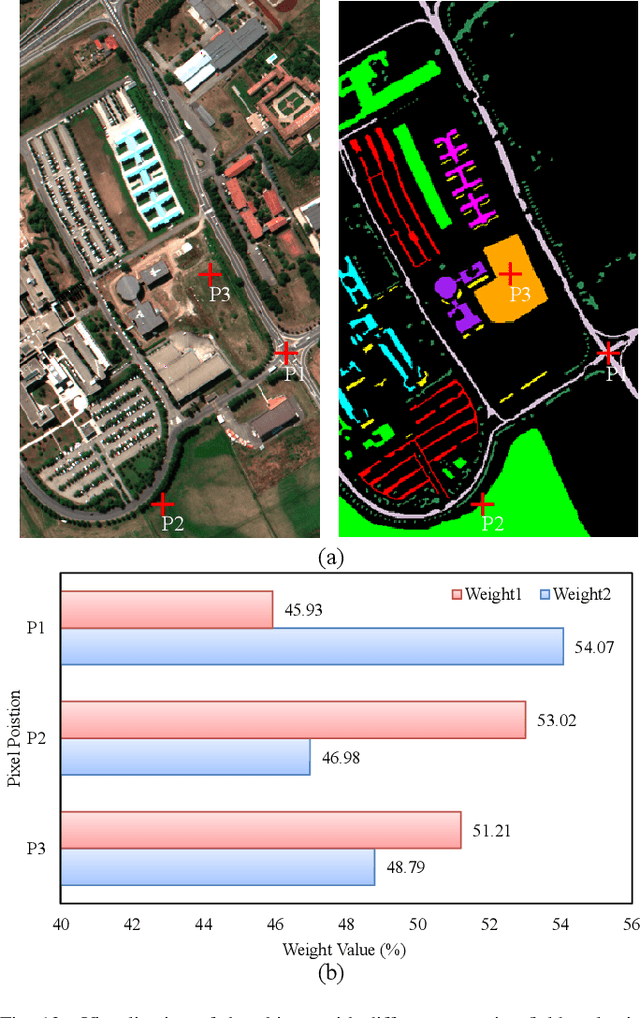Yichu Xu
FedDyMem: Efficient Federated Learning with Dynamic Memory and Memory-Reduce for Unsupervised Image Anomaly Detection
Feb 28, 2025Abstract:Unsupervised image anomaly detection (UAD) has become a critical process in industrial and medical applications, but it faces growing challenges due to increasing concerns over data privacy. The limited class diversity inherent to one-class classification tasks, combined with distribution biases caused by variations in products across and within clients, poses significant challenges for preserving data privacy with federated UAD. Thus, this article proposes an efficient federated learning method with dynamic memory and memory-reduce for unsupervised image anomaly detection, called FedDyMem. Considering all client data belongs to a single class (i.e., normal sample) in UAD and the distribution of intra-class features demonstrates significant skewness, FedDyMem facilitates knowledge sharing between the client and server through the client's dynamic memory bank instead of model parameters. In the local clients, a memory generator and a metric loss are employed to improve the consistency of the feature distribution for normal samples, leveraging the local model to update the memory bank dynamically. For efficient communication, a memory-reduce method based on weighted averages is proposed to significantly decrease the scale of memory banks. On the server, global memory is constructed and distributed to individual clients through k-means aggregation. Experiments conducted on six industrial and medical datasets, comprising a mixture of six products or health screening types derived from eleven public datasets, demonstrate the effectiveness of FedDyMem.
Selective Transformer for Hyperspectral Image Classification
Oct 07, 2024



Abstract:Transformer has achieved satisfactory results in the field of hyperspectral image (HSI) classification. However, existing Transformer models face two key challenges when dealing with HSI scenes characterized by diverse land cover types and rich spectral information: (1) fixed receptive field representation overlooks effective contextual information; (2) redundant self-attention feature representation. To address these limitations, we propose a novel Selective Transformer (SFormer) for HSI classification. The SFormer is designed to dynamically select receptive fields for capturing both spatial and spectral contextual information, while mitigating the impact of redundant data by prioritizing the most relevant features. This enables a highly accurate classification of the land covers of the HSI. Specifically, a Kernel Selective Transformer Block (KSTB) is first utilized to dynamically select an appropriate receptive field range to effectively extract spatial-spectral features. Furthermore, to capture the most crucial tokens, a Token Selective Transformer Block (TSTB) is introduced, which selects the most relevant tokens based on the ranking of attention scores for each query. Extensive experiments on four benchmark HSI datasets demonstrate that the proposed SFormer outperforms the state-of-the-art HSI classification models. The codes will be released.
Weight Scope Alignment: A Frustratingly Easy Method for Model Merging
Aug 22, 2024



Abstract:Merging models becomes a fundamental procedure in some applications that consider model efficiency and robustness. The training randomness or Non-I.I.D. data poses a huge challenge for averaging-based model fusion. Previous research efforts focus on element-wise regularization or neural permutations to enhance model averaging while overlooking weight scope variations among models, which can significantly affect merging effectiveness. In this paper, we reveal variations in weight scope under different training conditions, shedding light on its influence on model merging. Fortunately, the parameters in each layer basically follow the Gaussian distribution, which inspires a novel and simple regularization approach named Weight Scope Alignment (WSA). It contains two key components: 1) leveraging a target weight scope to guide the model training process for ensuring weight scope matching in the subsequent model merging. 2) fusing the weight scope of two or more models into a unified one for multi-stage model fusion. We extend the WSA regularization to two different scenarios, including Mode Connectivity and Federated Learning. Abundant experimental studies validate the effectiveness of our approach.
HyperSIGMA: Hyperspectral Intelligence Comprehension Foundation Model
Jun 17, 2024



Abstract:Foundation models (FMs) are revolutionizing the analysis and understanding of remote sensing (RS) scenes, including aerial RGB, multispectral, and SAR images. However, hyperspectral images (HSIs), which are rich in spectral information, have not seen much application of FMs, with existing methods often restricted to specific tasks and lacking generality. To fill this gap, we introduce HyperSIGMA, a vision transformer-based foundation model for HSI interpretation, scalable to over a billion parameters. To tackle the spectral and spatial redundancy challenges in HSIs, we introduce a novel sparse sampling attention (SSA) mechanism, which effectively promotes the learning of diverse contextual features and serves as the basic block of HyperSIGMA. HyperSIGMA integrates spatial and spectral features using a specially designed spectral enhancement module. In addition, we construct a large-scale hyperspectral dataset, HyperGlobal-450K, for pre-training, which contains about 450K hyperspectral images, significantly surpassing existing datasets in scale. Extensive experiments on various high-level and low-level HSI tasks demonstrate HyperSIGMA's versatility and superior representational capability compared to current state-of-the-art methods. Moreover, HyperSIGMA shows significant advantages in scalability, robustness, cross-modal transferring capability, and real-world applicability.
 Add to Chrome
Add to Chrome Add to Firefox
Add to Firefox Add to Edge
Add to Edge